No headline provided
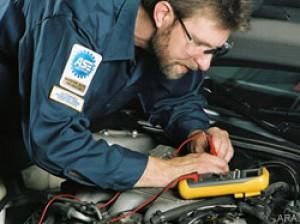
September 16, 2010
Just as cleaning is likely a part of your spring routine, youshould consider adding routine vehicle maintenance to your fallto-do list.
When the weather gets chillier, more things can go wrong on theroad – from your car not starting in the cold weather to it slidingoff the road in the snow because your tires are in poor condition.Since nobody wants to be stranded in the cold, now’s a good time toget your car into the repairshop for a check-up or take a look at it yourself.
The professionals with the National Institute for Automotive Service Excellence recommendchecking the following items on your car as winter begins.
Things you can do yourself with proper knowledge afterconsulting your owner’s manual include:
* Adding fuel de-icer to your tank once a month will help keepmoisture from freezing the fuel line. Keeping your gas tank fullwill also help prevent moisture from forming.
* Scrape away corrosion and clean connections on your battery.Check fluid monthly if caps are removable. Wear gloves and eyeprotection to avoid contact with corrosive material and batteryacid.
* Replace wiper blades and stock up on wiper fluid, as you’lluse more in the winter.
* Check your tire pressure and examine treads for wear and wallsfor cracking. Rotate as recommended in your manual.
* Check coolant and anti-freeze levels. Use mix recommended inmanual.
* Outfit your car with an emergency kit containing warm clothes,road flares, sand and a shovel, a flashlight, high-energy snacks,water and anything else that will help if you are stranded in thecold.
If you don’t feel comfortable doing any of these things, ask acertified auto technician to help. The following are more advancedpreparations that should be done by a mechanic or someone withbroad knowledge of automotives:
* Fix any engine problems, such as rough starts, rough idling,stalling or diminished power.
* Check the condition of belts, hoses and clamps.
* Check battery charge.
* Examine your car’s exhaust system for leaks or smallholes.
* Flush and refill cooling system, if necessary.
* Replace dirty filters, including air, fuel and PCV filters, tomake sure your engine is running smoothly.
For more tips and information on ASE-certification programs formechanics and how consumers benefit, visit www.ase.com.


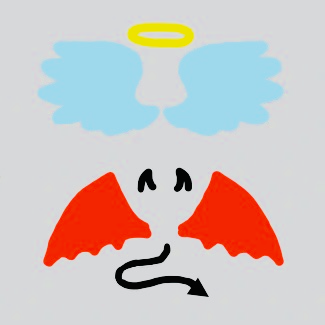


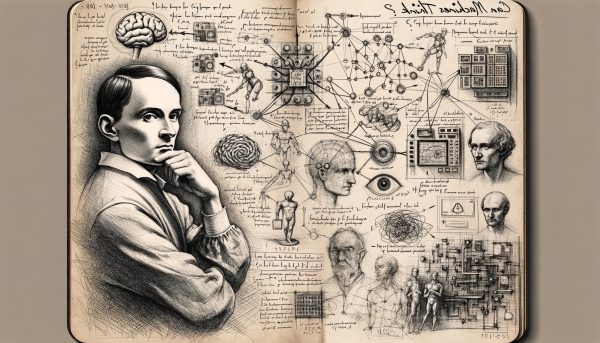
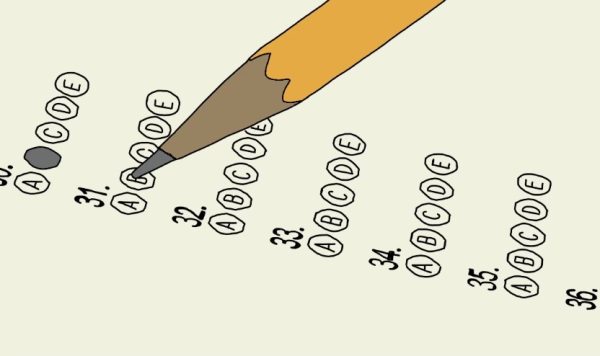



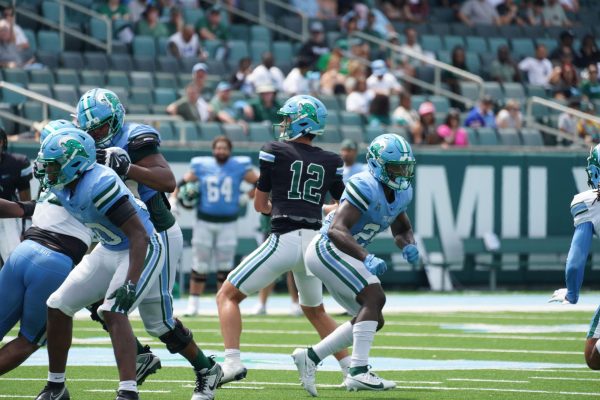


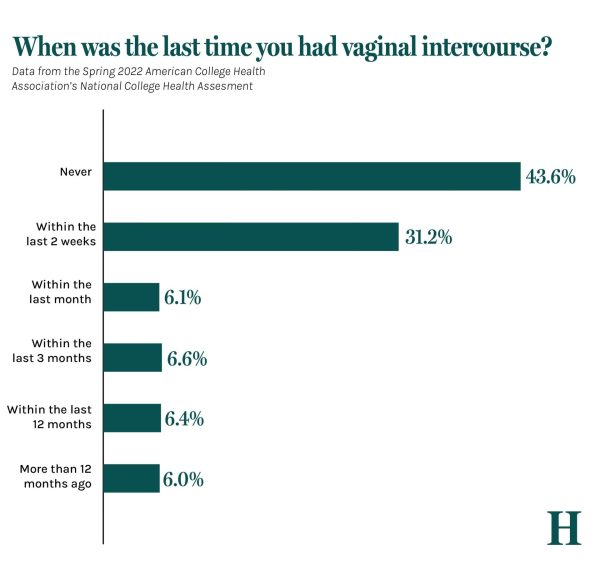







Leave a Comment